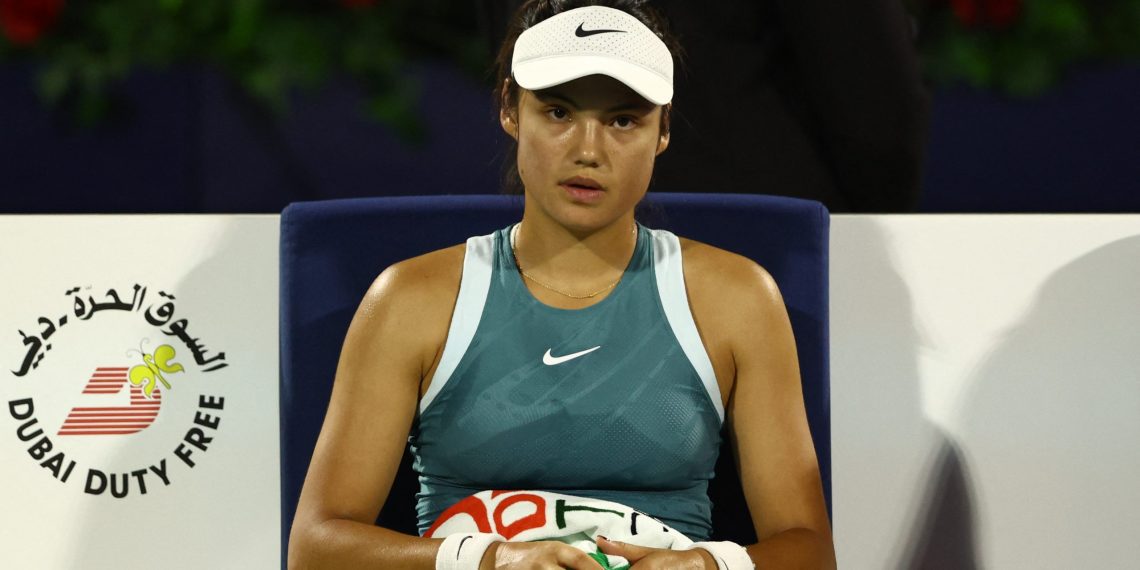In the wake of unsettling incidents involving tennis star Emma Raducanu, Lindsay Brandon, the WTA’s director of safeguarding, is urging social media platforms to step up their efforts to curb online abuse. The athlete’s safety, Brandon insists, ought to be of paramount importance.
Raducanu found herself caught up in an unnerving situation in Dubai when an individual displayed obsessive behaviour towards her. The person in question returned the following day to spectate Raducanu’s match, only to be ejected from the stadium and barred from all future tournaments. The British tennis player, aged 22, had made it known that she felt threatened.
This episode has reignited the debate around the safety of players participating in the Tour. Although the WTA often earns commendations from players for its stringent security protocols at tournaments, online harassment remains a persistent issue.
Brandon, speaking to The Guardian, held social media companies accountable for the safety of their users, particularly female athletes who are often the primary victims of this kind of cruelty. She expressed her concern about the current situation, highlighting the lack of regulation, the absence of fact-checking, and the uneven distribution of user protections.
In an effort to combat online abuse, the WTA implemented an AI tool called Threat Matrix last year. The tool is designed to identify and monitor abusive and threatening messages directed at players. While it has shown some success, it is still a long way from completely eradicating the problem.
Brandon noted that in some instances, they have been able to proactively intercept online abuse. This is especially true when an individual exhibits obsessive behaviour towards a player, even if they are attempting to shield their identity with an anonymous username. However, she underscored the crucial role that social media companies need to play to help resolve this issue.
Most of the derogatory and threatening messages players receive originate from disgruntled gamblers who vent their frustration on the athletes.
In summary, while the steps taken by the WTA, such as the use of the Threat Matrix, are commendable, it is evident that more needs to be done. Social media platforms must take bolder actions to protect users from online abuse, particularly female athletes who are frequently targeted. The safety of these athletes, both on and off the field, must always be a priority.









